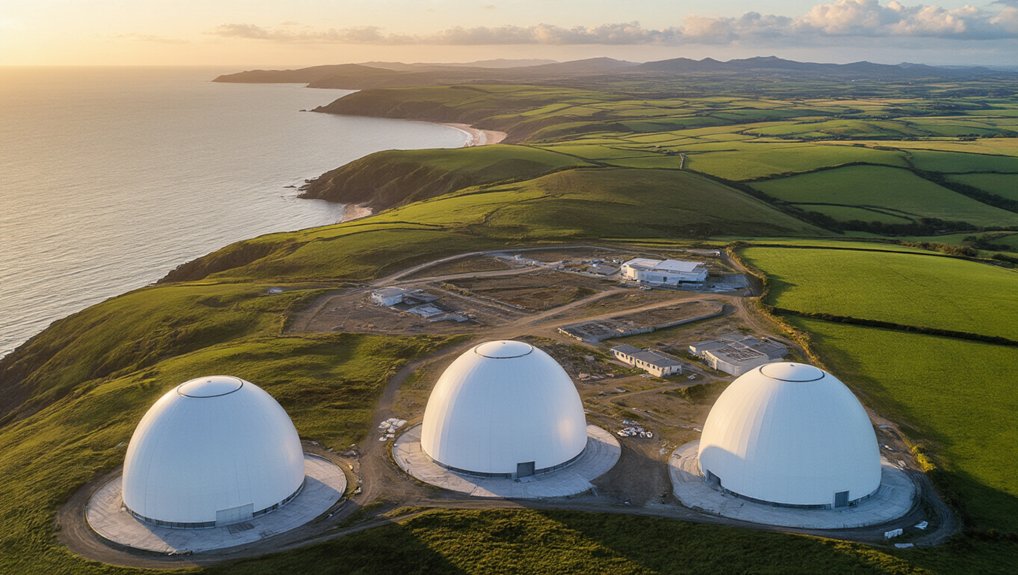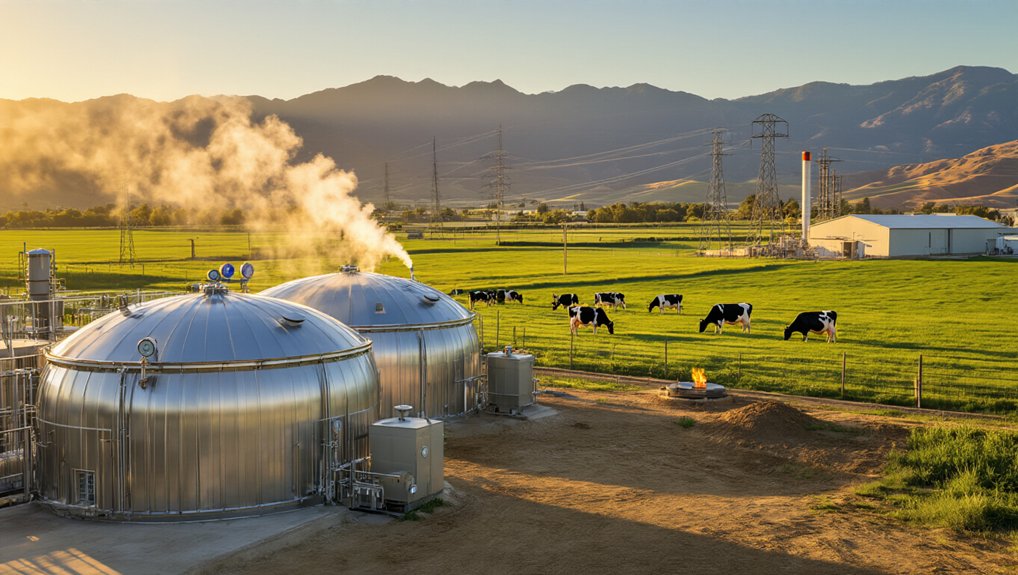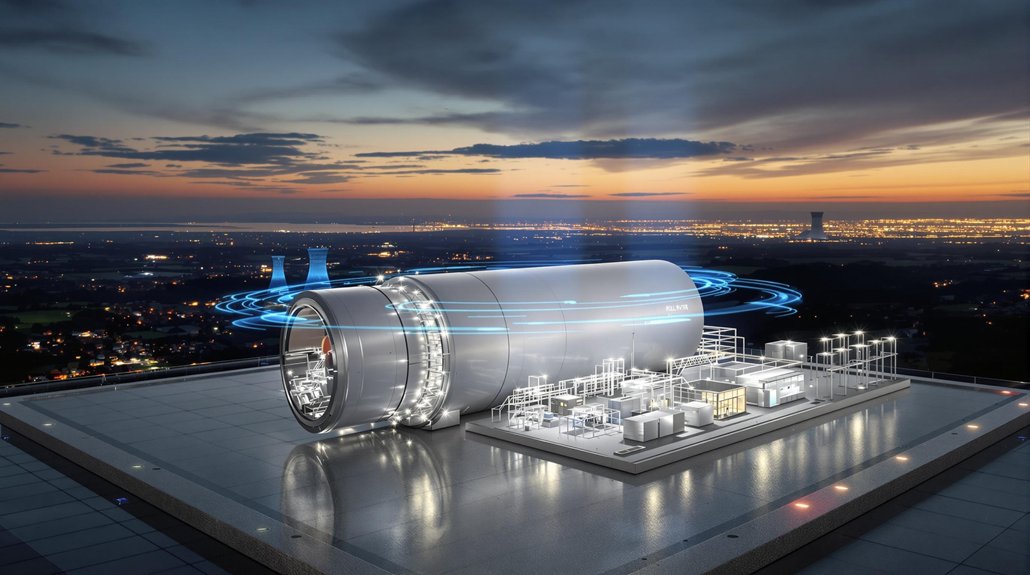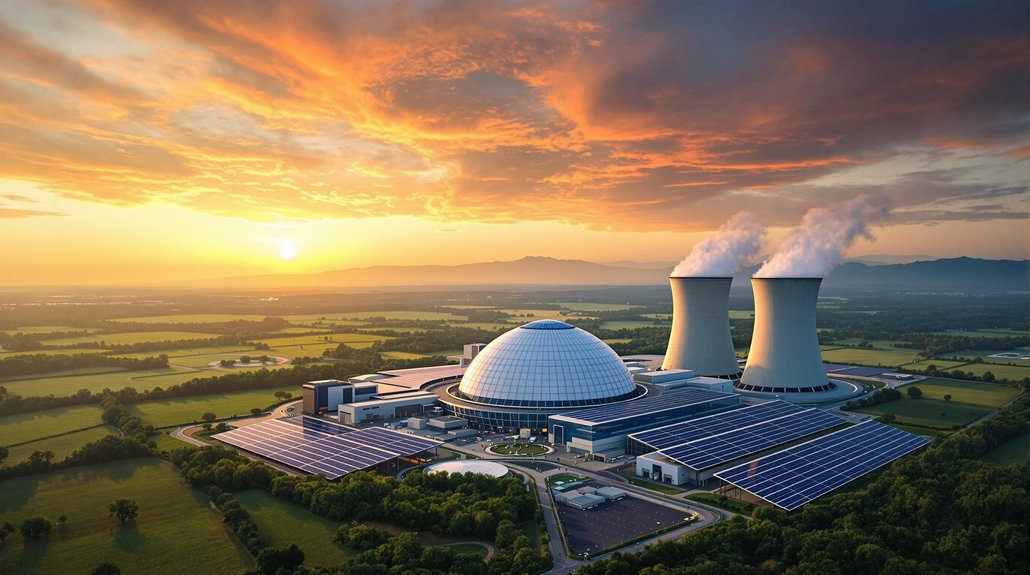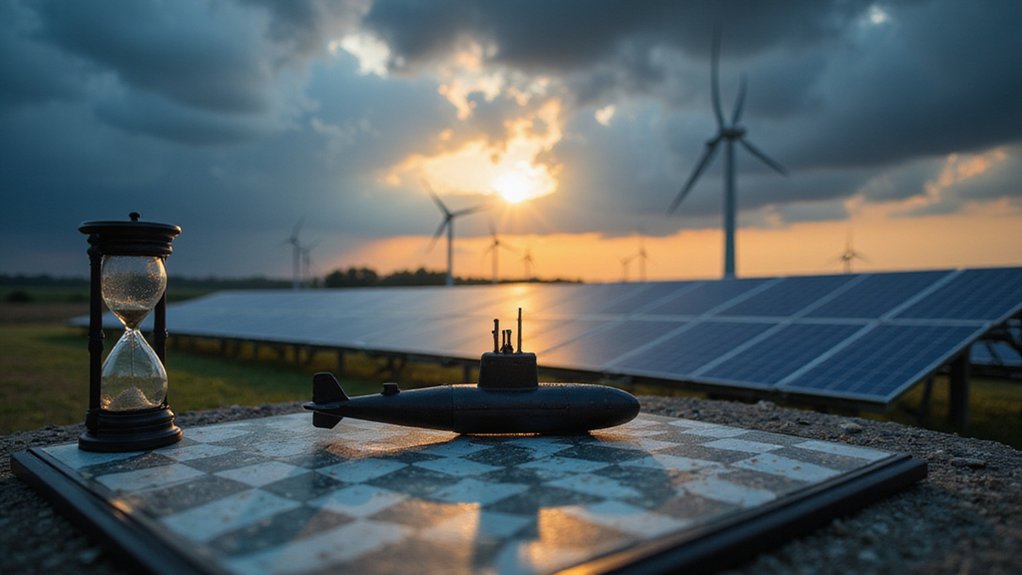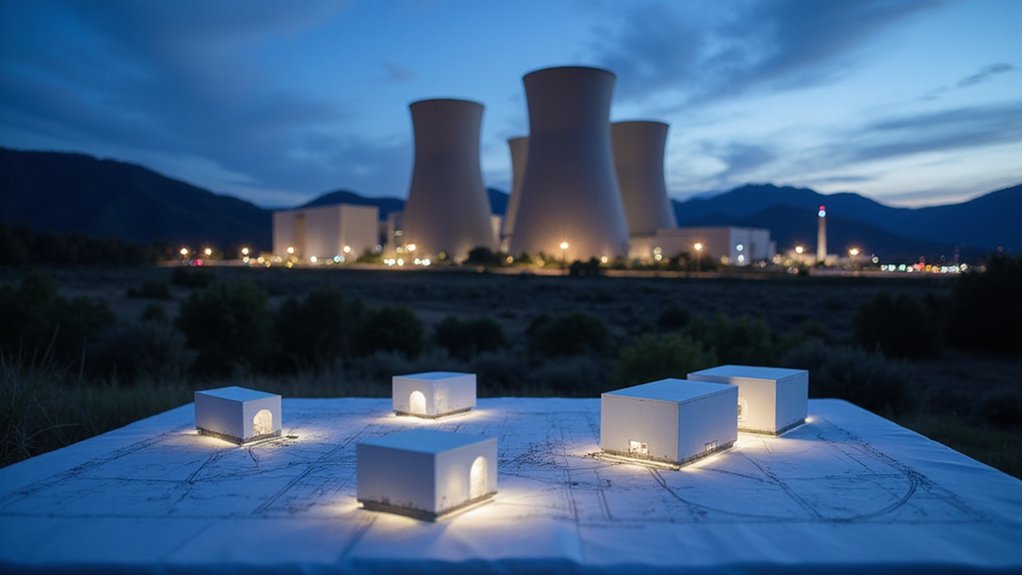Nuclear power is back on the menu in Wales. Westinghouse, the American nuclear giant, is pushing hard to build at least two massive AP1000 reactors at Wylfa on Anglesey. Maybe four if they’re feeling frisky. The site used to house a nuclear plant until 2015, making it perfect for round two of atomic adventures.
The timing couldn’t be more obvious. Westinghouse dropped their updated proposal right before the UK government’s spending review. Nothing like a little pressure, right? They’re promising the plant could match Hinkley Point C‘s capacity and power millions of homes by the mid-2030s. The project carries an estimated £22bn price tag for a 4.4GW plant. South Korea’s Kepco wanted in on the action but backed off after settling some legal beef with Westinghouse. One less competitor at the table.
But wait, there’s more nuclear action brewing in South Wales. Last Energy, because apparently that’s a real company name, wants to stick four tiny 20 MWe reactors in Bridgend County. These micro nukes would sit on old coal land at Llynfi. Coal to nuclear – talk about an upgrade. They’re throwing around £300 million for the project, with £30 million staying local. First power by 2027, they claim. We’ll see. The annual output will power approximately 244,000 UK homes, proving that even tiny reactors pack a punch.
The money talk is where it gets interesting. A large reactor at Wylfa could generate £5 billion in supply chain opportunities. That’s billion with a B. The micro project promises 100 full-time jobs. Not exactly Silicon Valley numbers, but decent for post-coal Wales.
Government documents EN-6 and EN-7 basically roll out the red carpet for these legacy nuclear sites. Pre-existing accreditation, favorable geology, plenty of space – Wylfa checks all the boxes.
The Welsh Government wants net zero by 2030, and nuclear provides that sweet 24/7 baseload power wind and solar can’t match. The nuclear revival fits perfectly into Wales’s decarbonization dreams. This comes as the nuclear industry in Western countries faces significant cost overruns and delays averaging eight years for new projects.
Former coal communities get jobs, the grid gets reliable clean power, and American companies get to play savior. Everyone wins. Except maybe the people who still remember why we shut these plants down in the first place.
References
- https://www.telegraph.co.uk/business/2025/06/18/us-nuclear-giant-in-talks-with-no10-build-major-power-plant/
- https://www.niauk.org/last-energy-announces-project-in-south-wales-to-build-four-micro-nuclear-plants/
- https://hansard.parliament.uk/Commons/2025-05-07/debates/3768FF43-A8D8-4274-871A-4F1500033D11/NewNuclearProjectsWylfa
- https://www.theyworkforyou.com/wrans/?id=2025-01-29.HL4571.h
- https://www.parallelparliament.co.uk/debate/2025-04-29/lords/lords-chamber/wales-nuclear-power-generation
